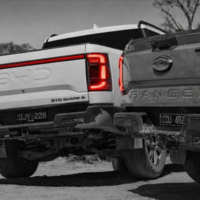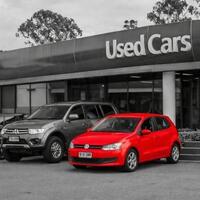The RedBook Insider: Transparency in Servicing Costs
Cost of Living pressures are biting in the second half of 2023. And while much of the commentary is related to energy costs and mortgage rates, central to many Australian households, is the cost of car ownership.
In a recent issue, we spoke about rising new vehicle RRPs and the impact that is having on used car prices, but what hasn’t necessarily been as publicised is the increase in vehicle running costs.
Besides the outlay for fuel, insurance, registration and alike, all of which have risen of late, vehicle servicing is one area that prospective buyers should consider when choosing their next vehicle.
RedBook recently presented at a fleet management conference spotlighting some interesting detail in the variability and cost of servicing popular makes and models, especially as the age of the car increases.
With the average age of passenger and Light Commercial vehicles on Australian roads being well over 10 years and getting older compared to prior Motor Vehicle Census, prospective owners need to look beyond the marketed service schedules to discover the significant differences.
Reviewing two hugely popular vehicle categories, 4×4 Dual Cab Utes and Medium SUVs, then comparing five-year scheduled servicing requirements (based on the OEM advertised figures) revealed substantial year four and five cost spikes as shown in the charts below.

Source: RedBook & OEMs May 2023
It is important to mention that not all service schedules are equivalent, for example, models like Toyota HiLux still adhere to 6-month/10,000km intervals versus others like the Nissan Navara, which specify a 12 month/20,000km schedule.
Capped price servicing and prepaid service plans are great for customers (private and business alike), however, it’s foolhardy to assume these translate to reduced whole-of-life servicing costs. That is certainly not the case for year four and beyond for many brands.
To close, it goes without saying, the same does not factor in other service regime consumables such as brake pads which depending on driving styles can add considerable cost at each interval.
Recent Posts
-
 The RedBook Insider: 2025’s Brand Value Leaders Revealed: See Which Auto Brands Outpaced the Pack17th December 2025
The RedBook Insider: 2025’s Brand Value Leaders Revealed: See Which Auto Brands Outpaced the Pack17th December 2025 -
 The RedBook Insider: Drive Safer with 2025 UCSR Insights17th December 2025
The RedBook Insider: Drive Safer with 2025 UCSR Insights17th December 2025 -
 The RedBook Insider: RedBook Launches PredictRV Pro, Used Car Price Forecast17th December 2025
The RedBook Insider: RedBook Launches PredictRV Pro, Used Car Price Forecast17th December 2025
